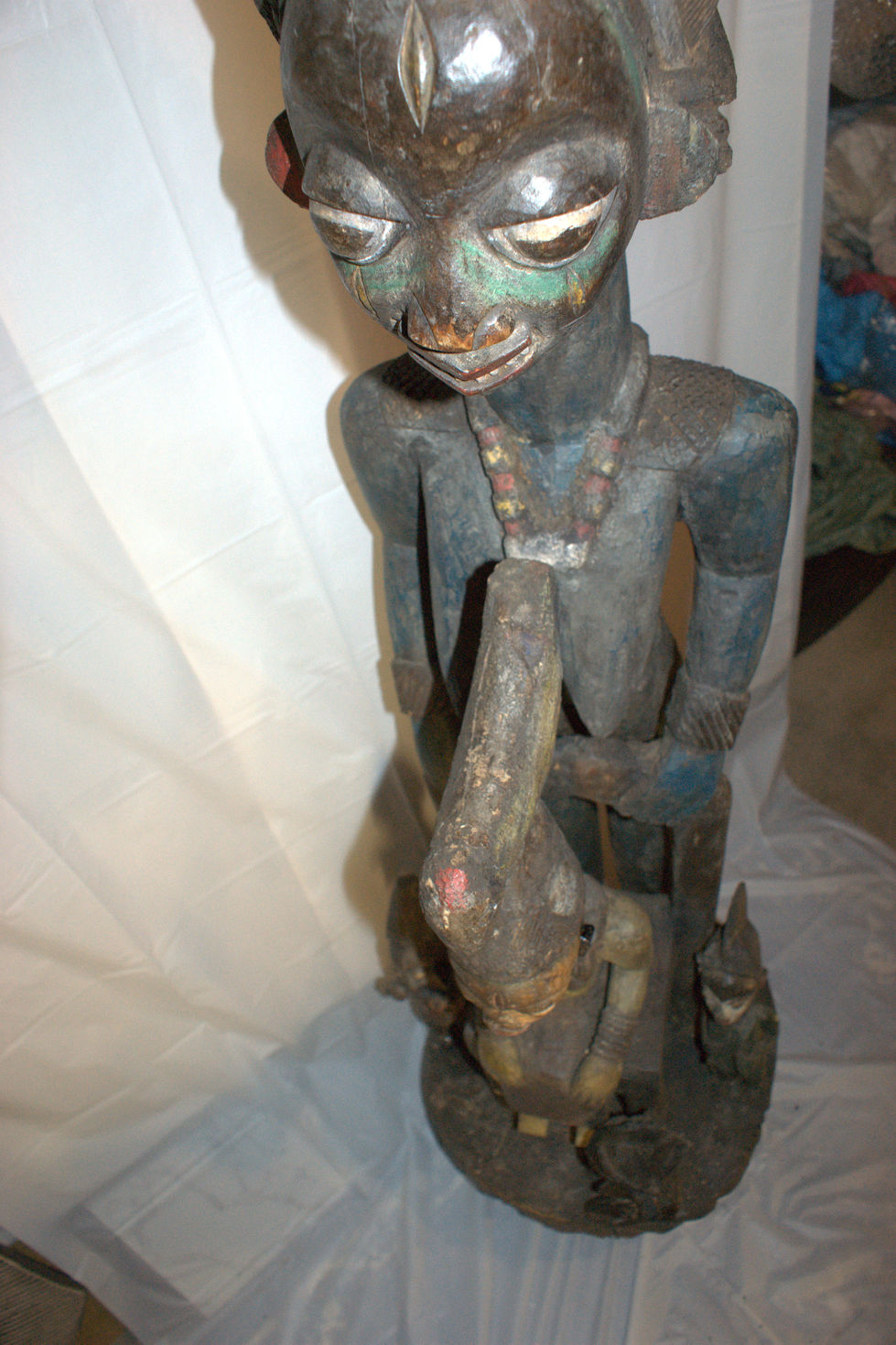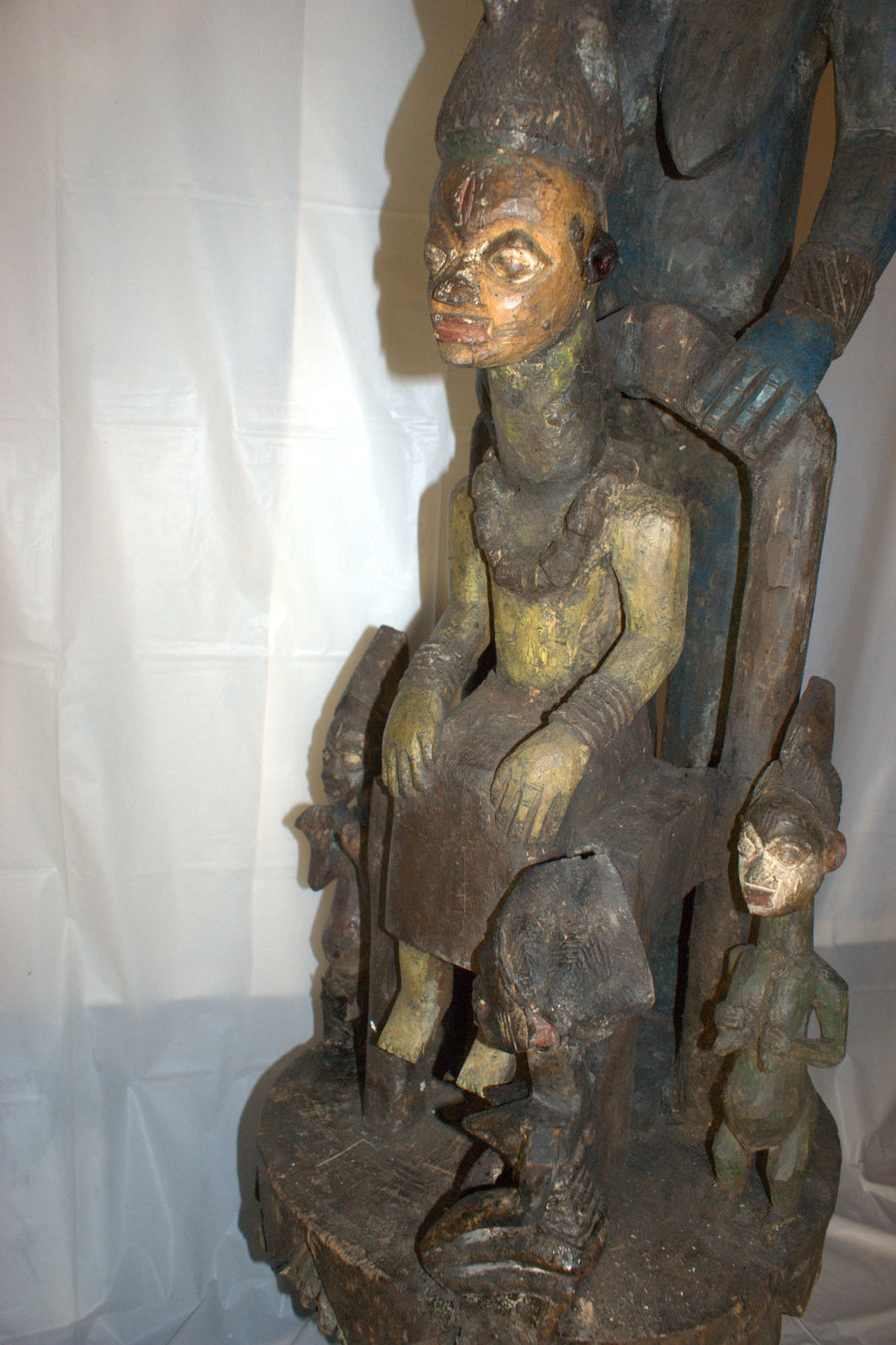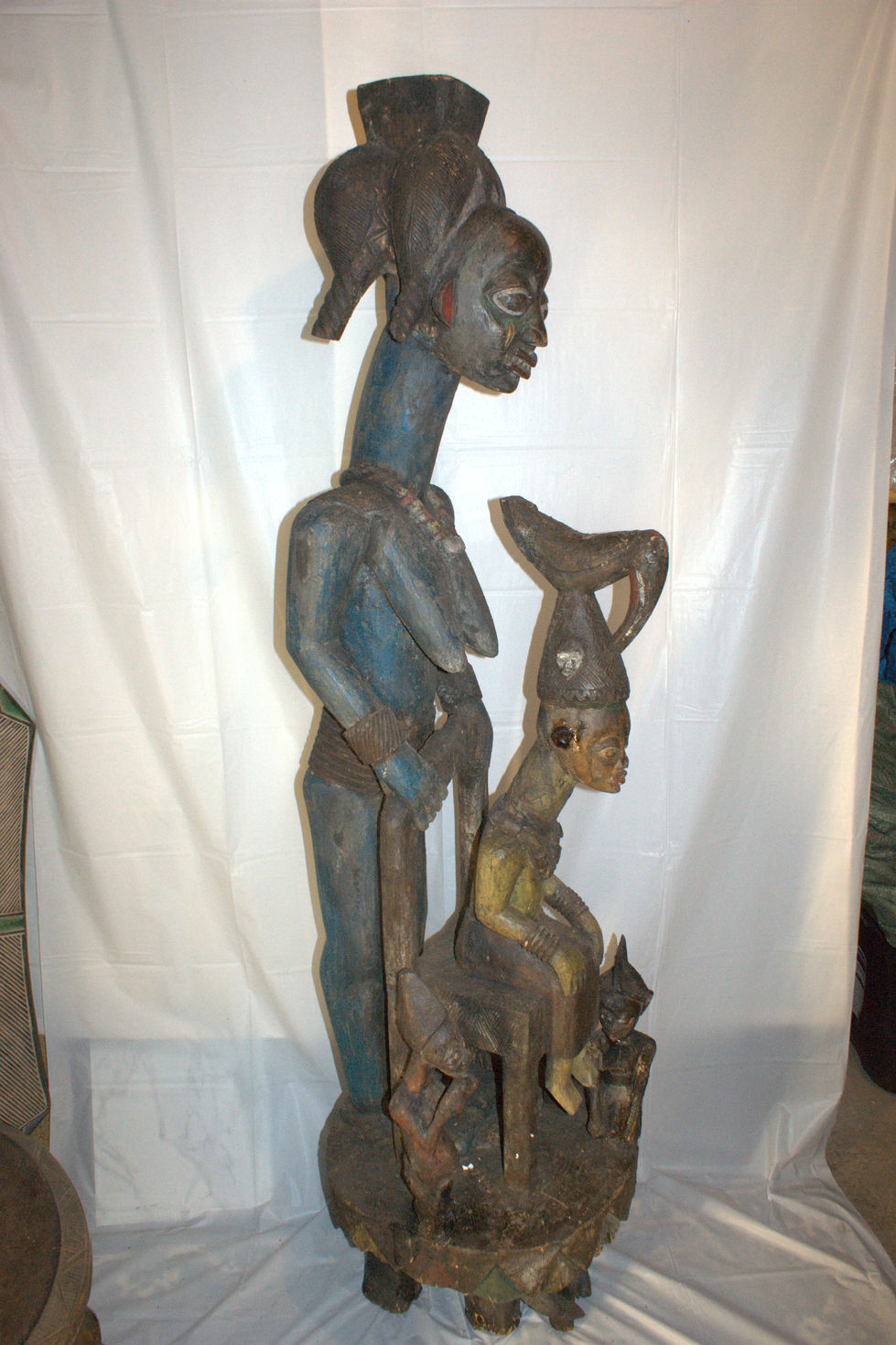W🌍RLD HISTORY
Create Your First Project
Start adding your projects to your portfolio. Click on "Manage Projects" to get started
Olówè of Isè (Yoruba People, Nigeria)
Project type
Statue
Name
Veranda Post of a Senior Royal Wife – Olówè of Isè (Yoruba People, Nigeria)
History
This veranda post was carved by Olówè of Isè (circa 1873–1938), one of the most renowned Yoruba sculptors of Nigeria. It originally stood as part of the architectural structure in the palace of the Ogoga (king) of Ikere in southwestern Nigeria. These posts were integral to the support of palace verandas and were carved between the late 19th and early 20th centuries. The figure represents a senior royal wife, a prominent position in the Yoruba court, reflecting both political and spiritual influence.
Cultural Significance
Royalty and Power: Such veranda posts were not merely decorative; they embodied the prestige and authority of the Yoruba monarchy.
Senior Wife’s Role: The senior wife symbolized wisdom, political counsel, and stability in the royal household, and her depiction alongside the king emphasized her importance.
Artistic Mastery: Olówè’s style is celebrated for its dynamic forms and innovative compositions, marking a turning point in Yoruba art.
Symbolism and Design
Composition: The post typically shows the senior royal wife as a large, central figure, often with a smaller, seated king and other attendants beneath her, emphasizing her role as a protector and supporter of the king.
Scarification: The facial markings are symbols of beauty, cultural identity, and high status within Yoruba society.
Dynamic Form: Elongated proportions, graceful posture, and complex hair design characterize Olówè’s signature style.
Polychrome: The posts were originally painted in vivid colors (as seen in remnants on existing pieces), reflecting Yoruba aesthetic traditions.
Hierarchy of Scale: The larger figure of the senior wife above smaller figures represents the importance of her guidance and protective influence in the royal court.
This veranda post is an outstanding example of Yoruba court art, blending architectural function with political and spiritual symbolism, and it stands as a testament to Olówè of Isè’s artistic genius.

















